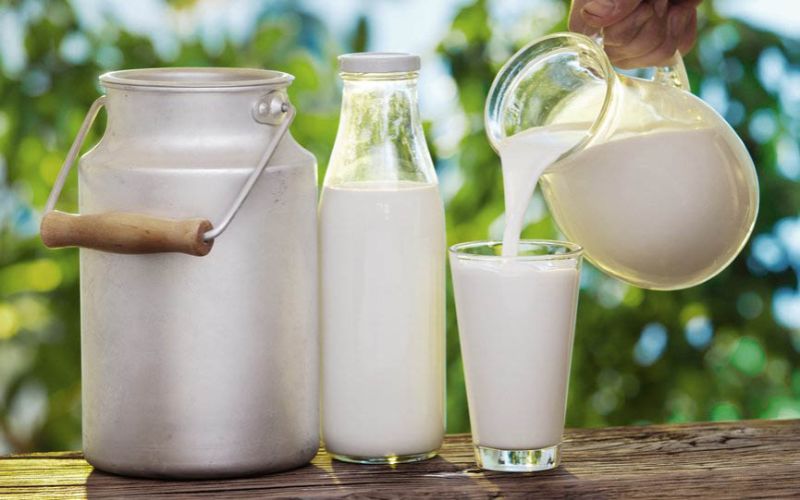The Big Spring Gamble: NZ to Control Prices?

Global supply signals have been mixed across major producing regions. In the United States, milk production is on the rebound, up 3.3% in June, thanks to rising cow numbers and improved yields following last year’s avian influenza outbreak. Conversely, Europe is facing more significant challenges fr om a bluetongue outbreak and drought conditions, which are weighing on milk volumes and raising long-term concerns about replacement heifers.
New Zealand, however, is bucking the trend. Favorable weather conditions, especially on the South Island, are supporting strong pasture growth, leading to a surge in milk volumes, up 14.6% year-on-year. This increase is a direct result of strong farmgate prices incentivizing supplementary feeding. While rising volumes on the GlobalDairyTrade (GDT) platform have put some pressure on prices, strong purchasing interest fr om key export markets is helping to lim it a sharp decline.
While China has maintained stable import volumes, it has specifically increased its purchases from New Zealand by 6%, opting to import less from the Northern Hemisphere. Other Asian markets, like South-East Asia and Japan, have also shown robust demand, with import volumes increasing by 3.3% and 4.3% respectively. This strong demand for Oceania dairy is proving to be a critical factor in supporting export prices.
For Australia, the global market’s tightening supply and robust demand for Oceania product is providing welcome price support. However, local challenges, including high operating costs and a shrinking herd, are expected to weigh on spring volumes. Dairy Australia forecasts a 2% drop in national milk production in 2025-26. This dynamic underscores the complex and interlinked nature of global agribusiness, wh ere regional challenges and opportunities impact the broader market.











